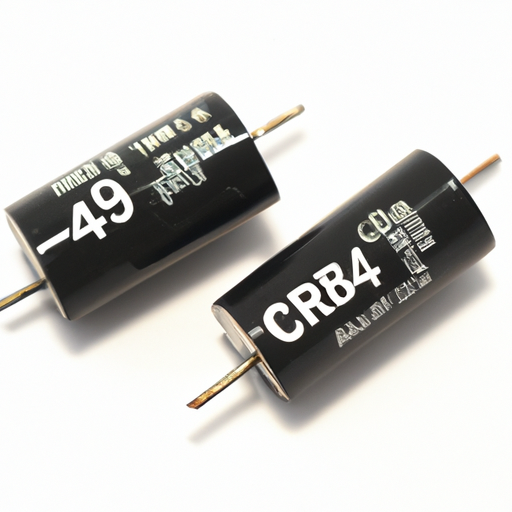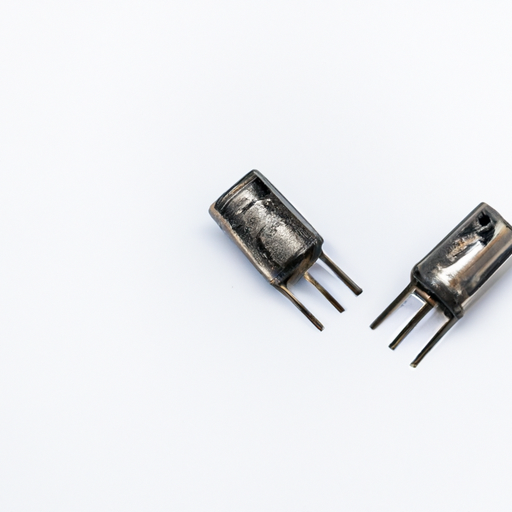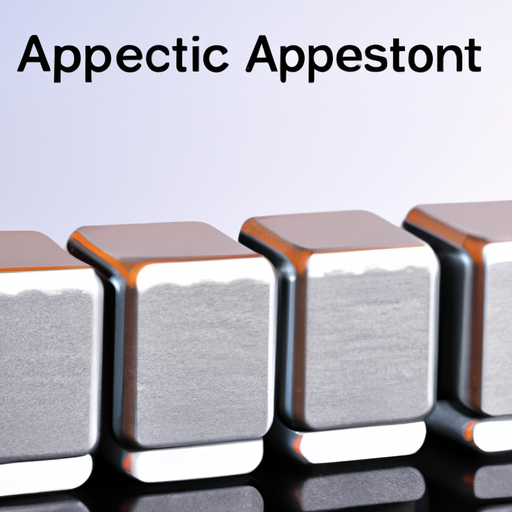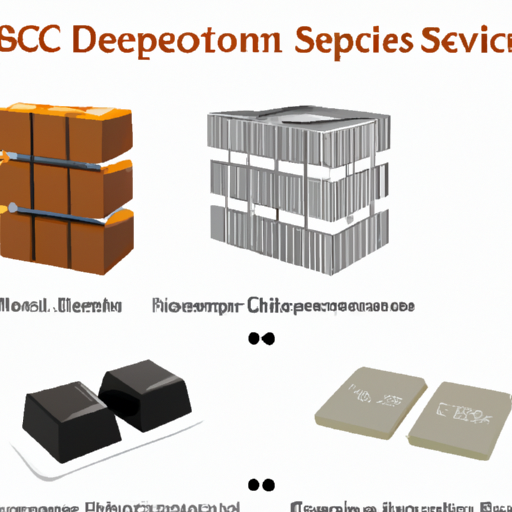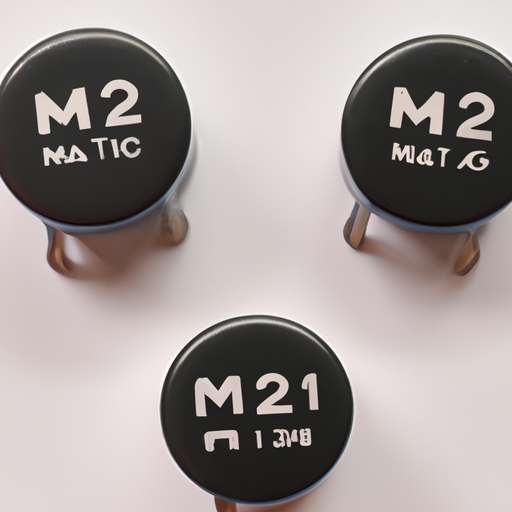CFR-25JB-52-1K1 Film Capacitors highlighting the core functional technology articles and application development cases of Film Capacitors that are effective.
Core Functional Technologies of Film Capacitors
1. Dielectric Material: Film capacitors utilize thin plastic films as the dielectric material, which can be made from various polymers such as polyester (PET), polypropylene (PP), and polycarbonate (PC). The choice of dielectric affects the capacitor's performance, including capacitance stability, temperature coefficient, and voltage rating. For instance, polypropylene is often preferred for its low dielectric losses and high insulation resistance.
2. Low ESR and ESL: Film capacitors typically exhibit low equivalent series resistance (ESR) and equivalent series inductance (ESL), making them suitable for high-frequency applications. This characteristic allows for efficient energy storage and minimal energy loss, which is particularly beneficial in applications like RF amplifiers and switching power supplies.
3. High Voltage Ratings: Film capacitors can handle high voltage applications, making them ideal for power electronics, motor drives, and renewable energy systems. Their ability to withstand high voltages without significant degradation is a key advantage, allowing them to be used in applications such as electric vehicle charging stations and industrial power systems.
4. Temperature Stability: Many film capacitors offer excellent temperature stability, maintaining their capacitance values over a wide temperature range. This stability is crucial for applications in harsh environments, such as automotive electronics and aerospace systems, where temperature fluctuations can be significant.
5. Long Lifespan: Film capacitors are known for their long operational life, often exceeding 100,000 hours. This longevity reduces the need for frequent replacements, making them cost-effective in the long run. Their reliability is particularly valued in mission-critical applications, such as medical devices and industrial automation.
6. Self-Healing Properties: Film capacitors possess self-healing capabilities, meaning that if a dielectric breakdown occurs, the capacitor can recover without permanent damage. This feature enhances reliability and safety in applications, allowing them to be used in high-stress environments without the risk of catastrophic failure.
Application Development Cases
1. Power Electronics: In power supply circuits, film capacitors are used for filtering, energy storage, and snubber circuits. Their low ESR and ESL make them ideal for smoothing out voltage fluctuations and reducing ripple in DC-DC converters. For example, in a solar inverter, film capacitors help maintain stable output voltage and improve overall efficiency.
2. Audio Equipment: High-fidelity audio applications benefit from film capacitors due to their low distortion and high linearity. They are often used in signal coupling and decoupling applications, ensuring high-quality sound reproduction. Audiophiles often prefer film capacitors in crossover networks for speakers to achieve superior sound clarity.
3. Renewable Energy Systems: In solar inverters and wind turbine converters, film capacitors are employed for energy storage and filtering. Their high voltage ratings and reliability make them suitable for these demanding environments. For instance, in a wind turbine, film capacitors help manage the power output and improve grid stability.
4. Motor Drives: Film capacitors are used in motor drive applications to improve power factor and reduce harmonics. Their ability to handle high currents and voltages makes them essential for efficient motor control. In electric vehicles, film capacitors are critical for the inverter circuits that drive the electric motors.
5. Telecommunications: In communication systems, film capacitors are used for signal processing and filtering. Their stability and low loss characteristics are critical for maintaining signal integrity in high-speed data transmission. For example, in fiber optic communication systems, film capacitors help filter out noise and ensure clear signal transmission.
6. Consumer Electronics: Film capacitors are commonly found in various consumer electronics, including televisions, computers, and home appliances. They are used for power supply filtering, timing circuits, and signal coupling. In modern smart devices, film capacitors contribute to energy efficiency and performance reliability.
Conclusion
The CFR-25JB-52-1K1 film capacitor exemplifies the advanced technology and versatility of film capacitors in modern electronics. Their unique properties make them suitable for a wide range of applications, from power electronics to consumer devices. As technology continues to evolve, film capacitors will remain a critical component in the development of efficient, reliable, and high-performance electronic systems. Their ability to meet the demands of various industries ensures that they will play a significant role in future innovations.

